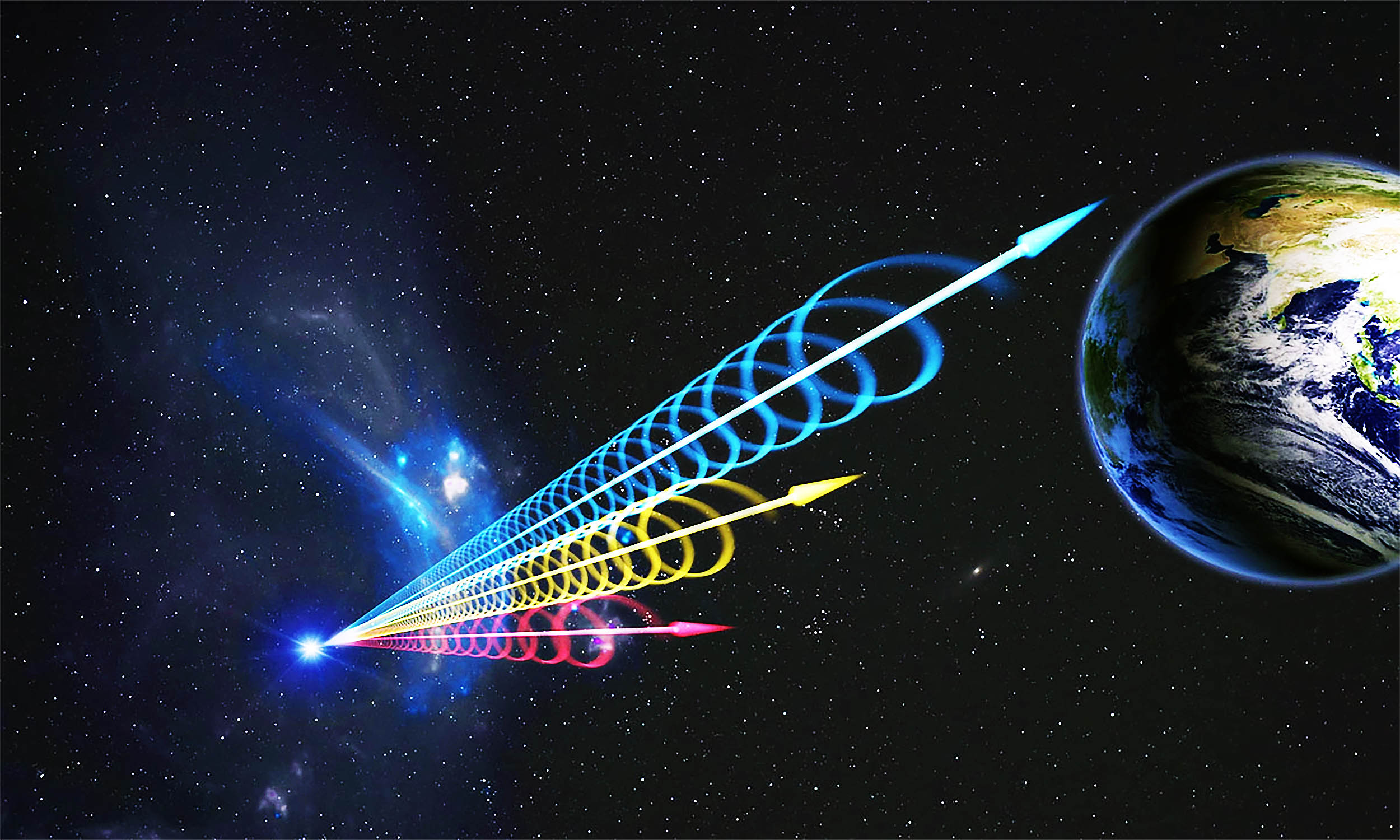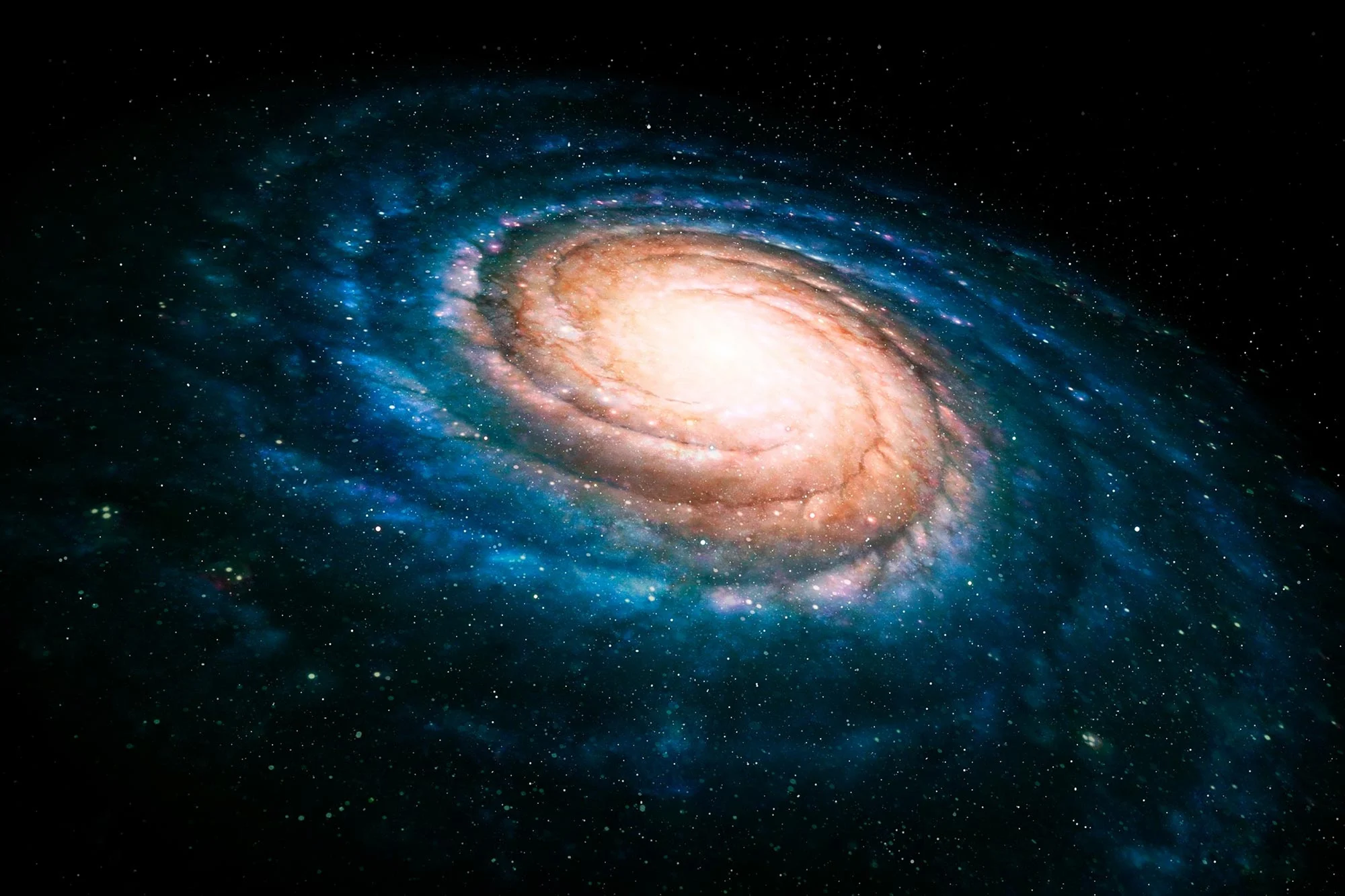The Andromeda Galaxy is hurtling toward the Milky Way at 250,000 miles per hour!
Key Takeaways
- Despite involving over 1.3 trillion stars, individual star collisions during the Andromeda-Milky Way merger are unlikely due to the vast distances between them.
- The galaxies’ supermassive black holes will merge, creating powerful gravitational waves and energy bursts.
- The Sun and our solar system may be pushed further from the galactic center—or even ejected into intergalactic space.
- By the time of the collision, Earth will be uninhabitable due to the Sun’s increasing luminosity.
- The merging process will form a new elliptical galaxy, reshaping the cosmic landscape.
___________
The Great Galactic Merger
The Andromeda Galaxy, our closest significant galactic neighbor, is racing toward the Milky Way at an astonishing 250,000 miles per hour. At 2.5 million light-years away, it’s visible to the naked eye and is destined to collide with our galaxy in about 4 billion years. This event, confirmed by the Hubble Space Telescope in 2012, will mark the formation of a new elliptical galaxy, nicknamed “Milkomeda.”
Though the merger sounds catastrophic, direct collisions between stars from the two galaxies are highly improbable. Andromeda’s trillion stars and the Milky Way’s 300 billion stars are separated by immense distances—on average, stars are over 100 billion miles apart even in the densest regions. However, the gravitational interactions will cause chaos, scattering dust, asteroids, and planets throughout the new galaxy.

The Fate of Stars, Black Holes, and the Solar System
One of the most intriguing outcomes of this cosmic encounter involves the galaxies’ supermassive black holes. Over millions of years, these massive objects will spiral closer together, emitting gravitational waves as they merge into a single, colossal black hole. This merger might even ignite a galactic nucleus, unleashing a spectacular energy burst.
As for our solar system, it faces a 50% chance of being displaced to a more distant orbit, three times farther from the galactic center. There’s also a 12% chance it could be flung out of the galaxy altogether. Despite these possibilities, the Sun and planets are unlikely to experience any immediate disruptions.
By the time Andromeda collides with the Milky Way, the Sun’s increasing luminosity will have rendered Earth uninhabitable, with surface temperatures too high for liquid water. If any intelligent life forms or advanced technology exist, they might witness the night sky gradually transform. In the final stages, Andromeda could stretch across the sky like a radiant band of light.
This dramatic merger will ultimately reshape the local universe, leaving a larger elliptical galaxy in place of the distinctive spiral structures of both the Milky Way and Andromeda.





Your point of view caught my eye and was very interesting. Thanks. I have a question for you.